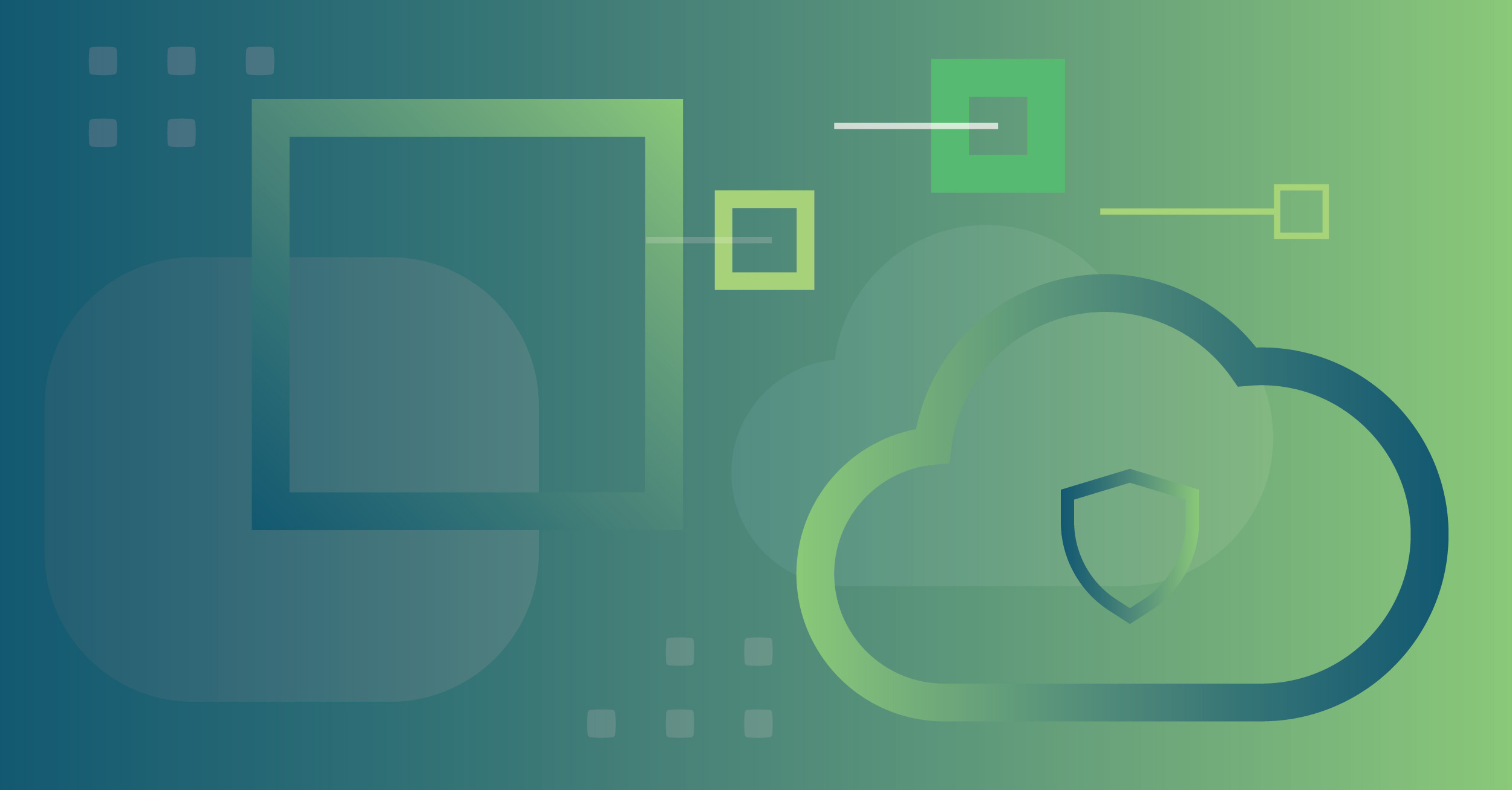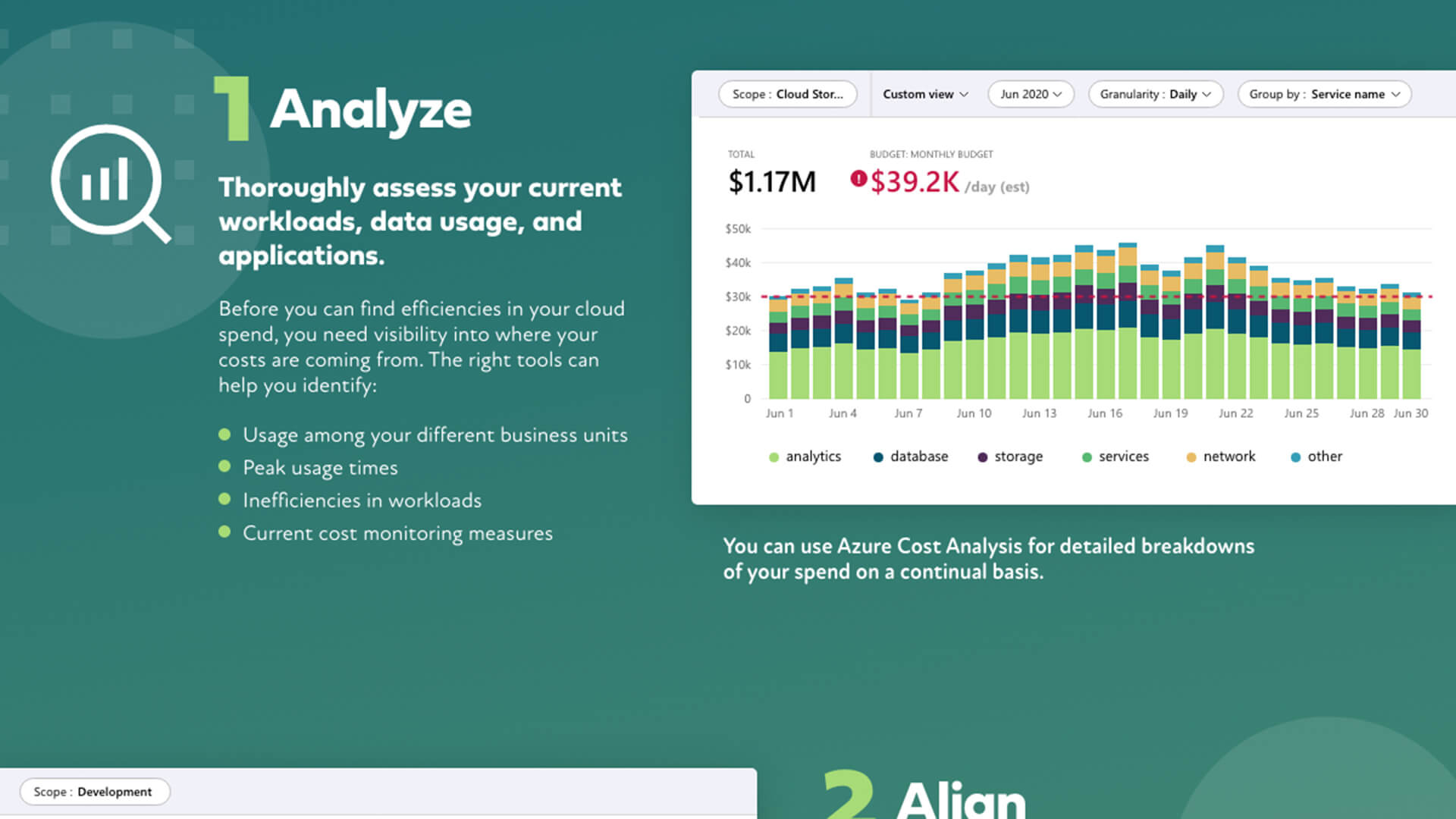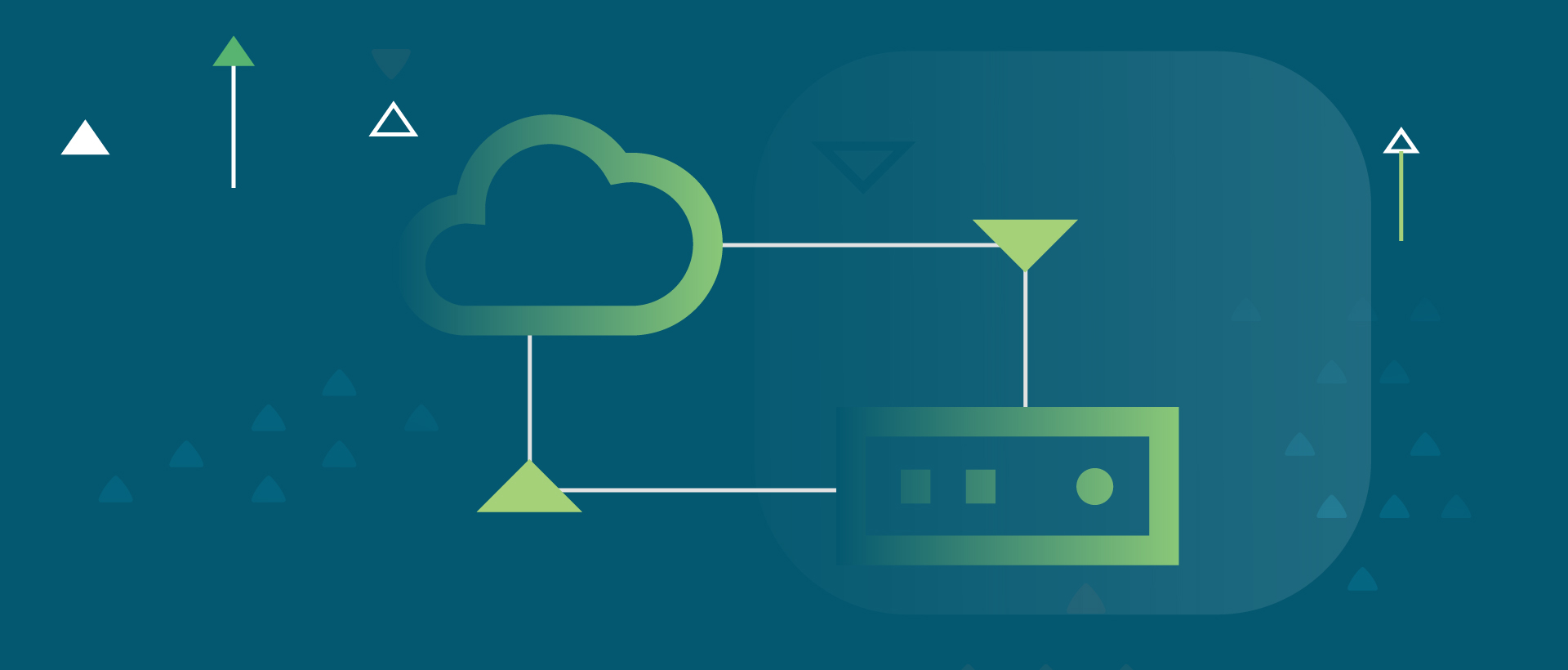It’s no secret that CloudHealth is invaluable for controlling and optimizing your spend in the cloud. It’s our go-to tool for exactly that reason.
But beyond its unrivaled ability to help us right-size environments and find areas for cost savings, there are a number of other benefits to the tool that are worth highlighting. Three of them, in fact, beginning with…
1. Asset tagging
As your cloud environments scale, so do your needs in reporting costs, usage, performance, availability, and security.
CloudHealth helps streamline this necessary process by providing asset tagging across your environments. You can tag any group based on all the above parameters and more, and in advanced cases, tags can be used for restricting access to specific sources.
While CloudHealth’s asset tagging works across all the major clouds, there are variances in how they work, depending on the platform. AWS, for example, allows case-sensitive tag keys, whereas Azure does not. Meanwhile, GCP lets you create 64 tags compared to the 50 of AWS and Azure. But none of these limitations are insurmountable.
2. Monitoring and alerting
Visibility is essential in the cloud, and it’s another area in which CloudHealth excels.
When done in cooperation with asset tagging, you are able to set up monitoring and alerting around any and all assets in the cloud. Take BigQuery, for example, GCP’s powerful serverless data warehouse.
The way BigQuery functions, it can be easy for those less familiar with the tool to quickly rack up unnecessary costs. But with CloudHealth, you can install an alert that automatically flags an abnormal spend, then track that spend back to the asset it originated from. Similarly, if there’s a problem with a code that is causing it to ping BigQuery too many times, the ongoing monitoring will quickly surface it for your teams.
3. Multi-cloud operations
Every cloud provider has inherent tools for visibility into their platforms. But when an organization has multiple environments across the big three cloud platforms, maintaining that visibility can be a time-consuming process.
CloudHealth dramatically streamlines this process by providing a single source for viewing activity in all your platforms and subscriptions. You can also generate a multi-cloud report to track all your usage and spend at once. These reports can be generated quarterly, monthly, even daily.
To learn more about CloudHealth VMware, check out their website. And if you want some information on how the tool can benefit your organization specifically, contact one of our experts for a consultation.
Categories
- Cloud Migration and Adoption
- Enterprise IT and Infrastructure
- Artificial Intelligence and Machine Learning
- Data Management and Analytics
- DevOps and Automation
- Cybersecurity and Compliance
- Application Modernization and Optimization
- Featured
- Managed Services & Cloud Cost Optimization
- News
- Workplace Modernization
- Tech We Like
- AWS
- Social Good News
- Cost Optimization
- Hybrid Cloud Strategy
- NVIDIA
- Application Development
- GPU





